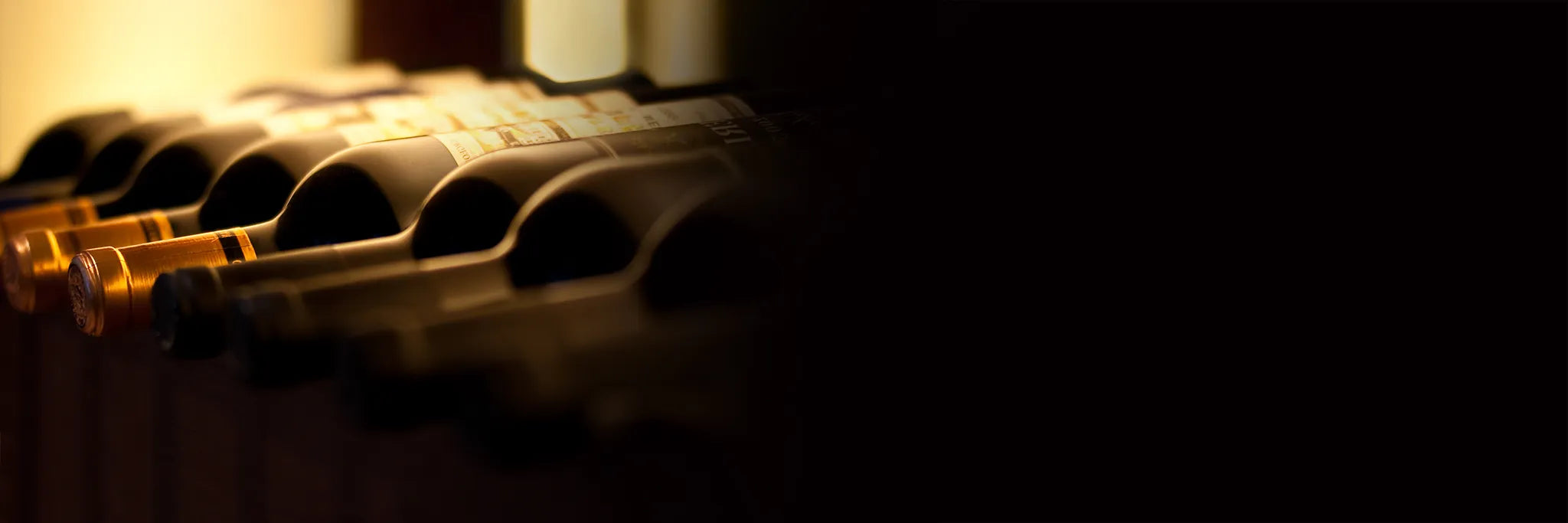There are some details and tips to consider before buying a wine cooler. Although the right temperature (between 12°C and 18°C) is considered the only key to wine storage, there are also other equally important factors such as humidity, ventilation, vibrations and light that should be taken into account. Therefore, it is important to know the characteristics of the different wine cellars available.
Wine coolers with thermoelectric technology are a great option if you understand how they work and their limitations. These units are designed exclusively for wine storage and take into account temperature, humidity, vibration and light. It is also important to know how to differentiate between storage temperature (14°C-18°C) and serving temperature (7°C-18°C) depending on the type of wine. Within these limits, a thermoelectric wine cooler can deliver excellent results, but is not suitable for cooling beer and soft drinks.
The advantages of the thermoelectric system include the complete absence of vibrations that can damage the wine, making them ideal for long-term storage and bottle aging, low noise level (about 25-35 dB, depending on the capacity of the device), environmental friendliness (no use of refrigerants or polluting oils), thermoelectric technology, due to its compact size, allows the creation of small wine coolers that would not be feasible with a compressor, stable temperatures with minimal fluctuations, low energy consumption and less expensive maintenance and repairs.
The disadvantages of the thermoelectric system include the limited power, which can cause the wine cooler to take longer to reach the desired temperature, they are not suitable for very hot environments (the difference between room temperature and the wine cooler's internal temperature should not be more than 15°C), they cannot be built-in or placed near other devices that could give off heat. Therefore, it is important to take these limits into account so that the wine cooler works optimally, extends its lifespan and does not consume too much energy. For this reason, their use in professional environments such as bars and restaurants is not recommended, with the exception of countertop wine coolers.
Compressor wine coolers have several advantages, including higher cooling capacity compared to thermoelectric cellars, a wide temperature range (4-20°C) that makes them suitable for all types of wine and sparkling wines, and less sensitivity to ambient temperatures, making them ideal for warm rooms or environments. There is also a wide range of compressor wine coolers, some of which offer different temperatures for storing sparkling wines, white wines, rosé wines and red wines, and others are large-capacity wine coolers for wine aging that are completely isolated from noise, vibrations and light inside.
The disadvantages of compressor wine coolers include the higher noise level (although manufacturers have developed quieter compressors today than in the past, compressor wine coolers typically produce around 40 dB of noise), the vibrations that the compressor usually produces, and the size - they are usually large wine coolers and it is difficult to find models with less than 16 bottle capacity with compressors.
There are also some additional aspects to consider when buying a wine cooler : the size, which should correspond to your monthly wine consumption so that you do not run out of space or have unnecessary empty space; the aesthetics, since there is a wide range of wine coolers in different colors and styles on the market, and it is important to find one that suits the environment in which it will be installed; and the location, which should be a place where the wine cooler does not receive direct sunlight, is adequately ventilated, is not in a room with a room temperature above 30°C, is not near equipment that generates vibrations, and is not in a noisy room, since wine is sensitive to both vibrations and noise. In addition, it should be noted that wine coolers themselves can be a bit noisy, especially in summer when they are more active.




